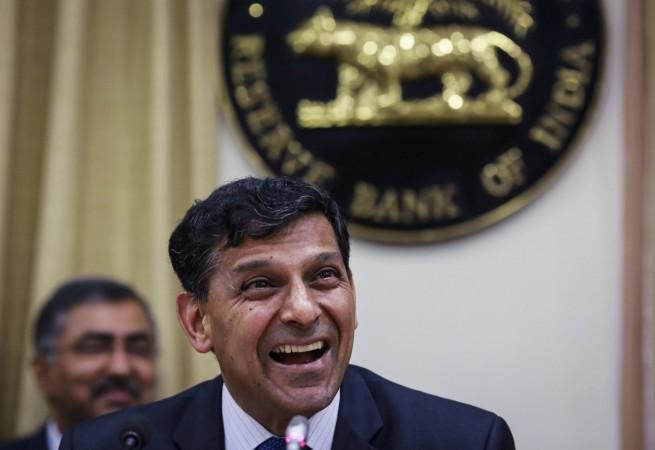
The Reserve Bank of India (RBI) chose to hold interest rates steady at 7.75%, leaving the possibility of a rate cut after the Narendra Modi government presents its first full budget on 28 February.
The RBI last cut rates by 25 basis points about three weeks ago.
The central bank has cut its statutory lending ratio (SLR) by 50 basis points, freeing up banks to increase their lending. Statutory lending is the amount of bonds the lenders must set aside, which now comes down to 21.5% of deposits.
The RBI asked the banks to use the headroom provided by the cut in SLR to increase their lending to productive sector on competitive terms, to support investment and growth.
RBI also announced initiatives to develop markets, including allowing foreign institutional investors to reinvest government bond coupons even after exhausting the investment threshold limit.
According to a Reuters poll, most economists expected the RBI Governor Raghuram Rajan to hold rates steady, and to cut rates only after the fiscal budget to be presented by Finance Minister Arun Jaitley on 28 February, provided the fiscal deficit also sees a decline.
RBI sought more comfort on inflation continuing to ease and noted that it would await action from the government regarding the nation's finances.
With no new 'substantial' developments on the disinflationary process or on the fiscal outlook since January this year, the RBI rationalised it was appropriate to maintain rates.
With oil prices tumbling and inflation receding, RBI cut rates in a surprise move on 15 January, by 25 basis points. The investor community is looking forward to the RBI cutting rates to help boost loan off-take and to make cost of funds cheaper. Markets are factoring in further rate cuts over the rest of the year and for inflation to continue to remain subdued, helped by fall in oil prices and bigger-than-expected falls in domestic vegetables and fruits.
Consumer prices rose by 5% in December 2014, within the RBI target of 6% by January 2016.

















